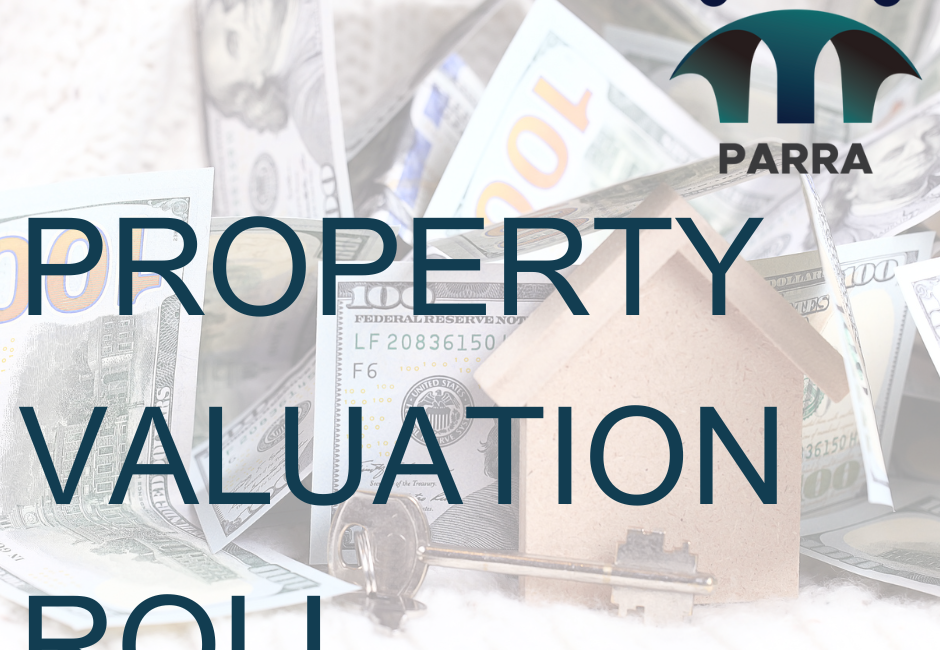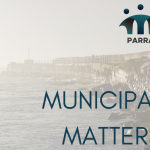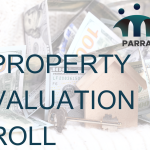After the meeting on the 6th of March with the Valuator Mark Lindstrom, Ndlambe LM CFO, Diane May and the NRF a number of additional questions have arisen from Ndlambe Ratepayers. Please see the questions and answers provided below:
- If the ratepayers cannot compare their values between the 2019 final GV Roll and the 2024-29 GV Roll it is then assumed that the 2019 Roll did not reflect the correct values of their properties. This has serious implications and if the 2019 did not reflect the correct values as admitted by the Valuator the ratepayers were taxed on an incorrect value.
- The ratepayers can confirm the values from 1 GV to the next. The current valuation has not been done using the old GV as a basis for the new values. Therefore the comparison will only give an indication of what has happened in the area. Bearing in mind that not every areas values change at the same rate. Likewise the objector needs to bear in mind that the old GV was 5 years ago. This is not necessary a basis for an objection.
- The Valuator explained how he arrived at the values for the 2024-29 GV Roll. Aerial photographs were taken and then the footprint of each dwelling was accurately measured. Using this measurement, the area of the erf, the location of the dwelling (sea view etc.) and recent sales in that area was used to establish the value of the property.
- That is the process we followed.
- The Valuator maintained objectors cannot use the value of their property as reported in the 2024-29 GV Roll. Objectors must do their own research on recent sales in their area. This is strange as the Valuator himself used recent sales in that area.
- Not sure I understand. The value of an objectors property is what they are objecting too. The comparison between an objectors property and others on the roll is a natural reaction. The reason I indicated that the objector cannot use other values on the roll as part of the objection is 2 fold:
- The Valuation Appeal Board from the last 2 GV’s have rejected the use of properties on the Roll as a basis for objection as these might be adjusted during the objection process or could have an error.
- Sales are regarded as factual at the given date.
- We haven’t rejected objections that have used comparisons to the General Valuation Roll during this objection process but are aware that should they come before the Appeal Board there could be an adverse ruling against our decision.
- Not sure I understand. The value of an objectors property is what they are objecting too. The comparison between an objectors property and others on the roll is a natural reaction. The reason I indicated that the objector cannot use other values on the roll as part of the objection is 2 fold:
- Numerous errors where single story buildings have been captured as double stories and other way round.
- The properties marked as multistorey are captured by Setplan and indicate that the building might have an entire second floor or a portion that is double storey. We did note some that are not noted as multi-storey and corrected these.
- Numerous buildings with incorrect footprints.
- We have also found errors in building footprints. This is caused by various factors.
- Excessive overhangs
- Areas on the overhead photos that look like improvements or gaps between buildings that look like part of the improvements
- Paving or slabs that are included.
- We have remeasured many buildings during both the valuation process and Objection phase.
- Houses including those in gated communities have been valued at less than what they were sold for during 2023. This appears to have been ignored by the Valuator.
- It is possible that the valuation process was completed before those sales values were available to the valuers as at the time of doing the complexes we did pull the complex report for each complex no matter the size of the complex or whether they were sectional title or separate title.
- Buildings next to each other where the building with a smaller footprint is valued considerably higher than the one next door with a much larger footprint.
- It is possible that the other valuation factors like Erf Size, condition etc are influencing the values.
- In a gated community where the footprint list indicates all the houses are single story buildings, five are in fact double story houses.
- Please let us know which houses these are so that we can check the cause and whether they were noted at the time of valuation or not. They might need to appear on Supplementary Valuation 1 used for corrections.
- In the eight houses investigated in the Croydon Circle area four had errors in the Valuation data – a 50% error rate.
- Please let us know which houses these are so that we can check the cause and whether they were noted at the time of valuation or not. They might need to appear on Supplementary Valuation 1 used for corrections.
- It would appear that some houses have been undervalued and obviously the owner is not likely to lodge an objection. This makes the valuation and objection process flawed.
- As indicated in the meeting with the NRF we are fully aware that errors have occurred. There are 25800 properties on the roll and there must be errors.
- During the Participation meetings I did tell everybody present that an objection can be made against any property valuation by somebody other than the owner with valid reasons. The objection form allows for it and the objection outcome notice will inform both the objector and the registered owner of the outcome.
- Residents are reporting errors to the NRF that neighbour’s properties have been undervalued and their properties overvalued. The Ratepayers who are lodging objections are actually highlighting errors in the 2024-29 GV Roll. The objection process is onerous and many ratepayers do not have the information required to lodge a valid objection. The Valuator or Ndlambe LM should supply if asked the data before the objection is submitted, (average house prices he used) in the area concerned and the formula used to calculate the ratepayer’s property value.
- The objection process has not changed since the last General valuation. The forms is exactly the same with obvious changes for dates etc. It is similar to the forms used by the majority of Municipal Valuers. This form asks for a combination of questions that provide information to the valuers that help them reach a decision more specific to each property.
- It is also important to note that the Valuation Appeal Board use this form during the review process to make decisions as to whether the valuer has acted appropriately when changing the valuation of a property during the objection process.
- It is also the first port of call by the Valuation Appeal Board when assessing any Appeals against the Valuers decision during the objeciton phase.
- It is not designed to be onerous but is thorough. We have asked objectors(either at submission or by email after the fact) to be more thorough on the form or for clarity on the information provided by the objector. This has included asking for missing information or a correction to the information provided.
- The MPRA allows for the objector to request reason for the objection outcome from the Municipal Valuer.
- It is not the duty of the ratepayers of Ndlambe to spend their time identifying mistakes made by the Valuator, who has been paid to do the evaluations. The NRF is of the opinion that the GV Roll 2024-29 has numerous errors. These errors need to be rectified and audited as soon as possible and a new supplementary roll published within 3 months so the owners pay the correct rates on these new values.
- This is covered in the MPRA whereby Supplementary Valuation 1 is use to correct the errors on the General Valuaton and will be published at the conclusion of the objection phase to include all errors identified by the municipality, valuers and others through the objection process.
- The objection period needs to be extended by 30 days as many ratepayers feel the time allowed has not been sufficient to do their “research” as required by the Valuator.
- The required objection period provided by the MPRA is 30 days. Ndlambe have been generous and provided a period from 9 February 2024 to 9 April 2024. This is double the stipulated period.
- Did the aerial survey plane fly at a constant height above sea level or above ground level? This could easily distort the scale in the photographs that could result in an incorrect measured footprint.
- I do not know the specifics of the aerial photography process but can confirm it was flown by a nationally recognised company who use technology to ensure that the photographs are calibrated for use with GIS packages.




